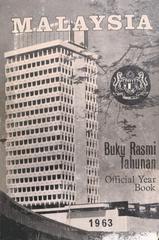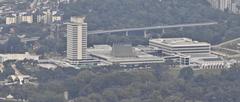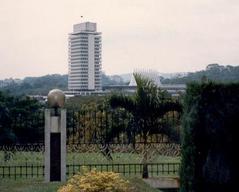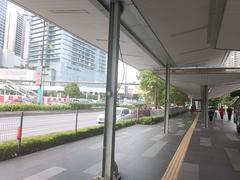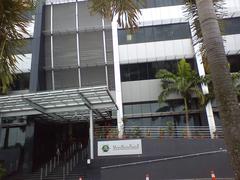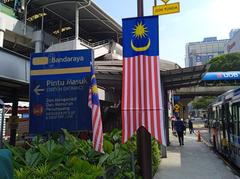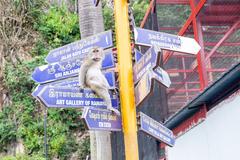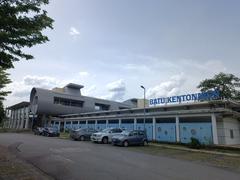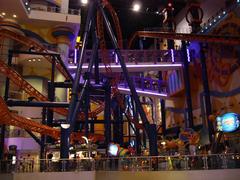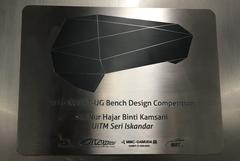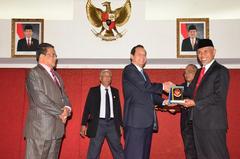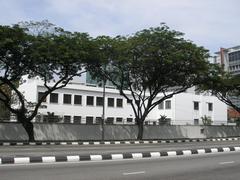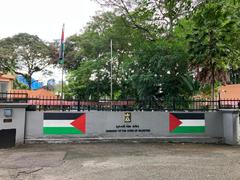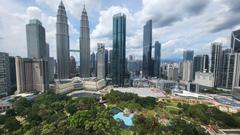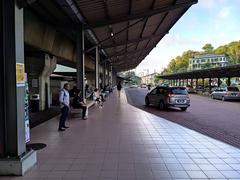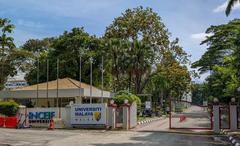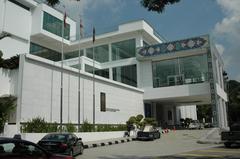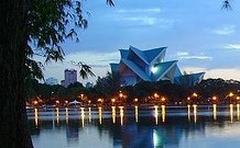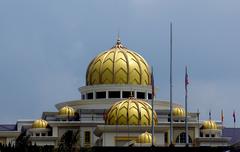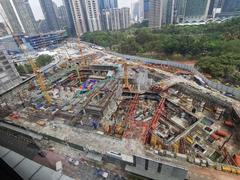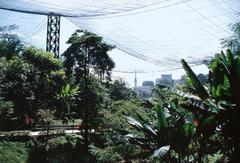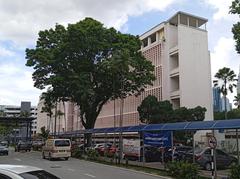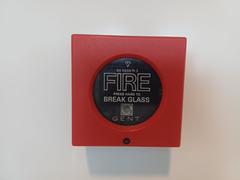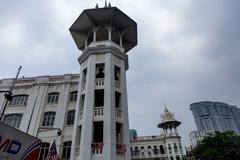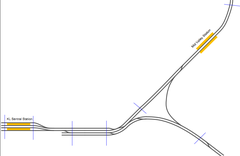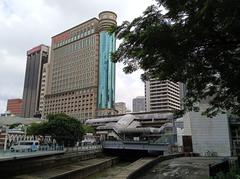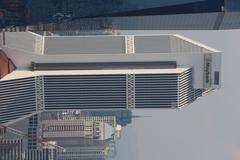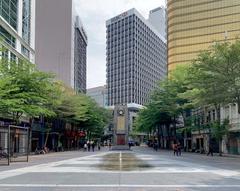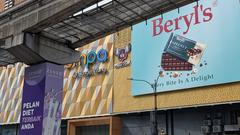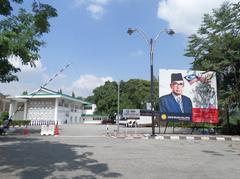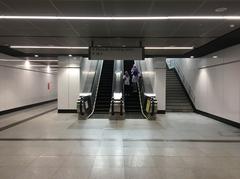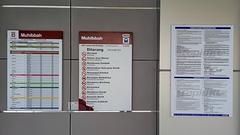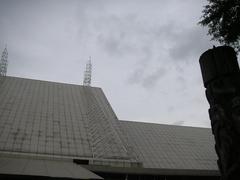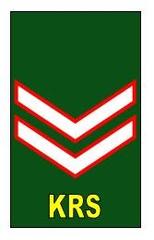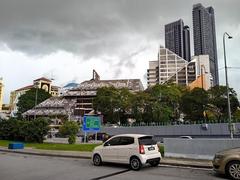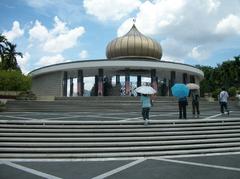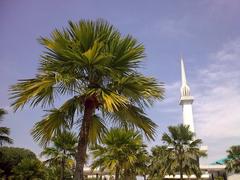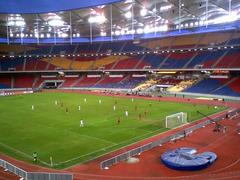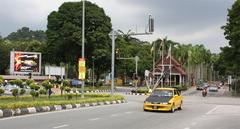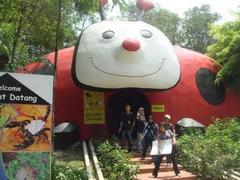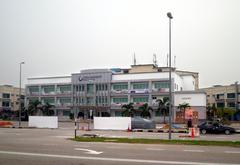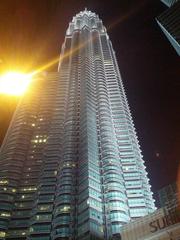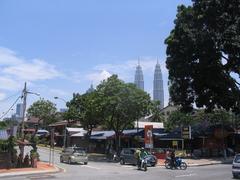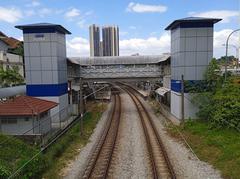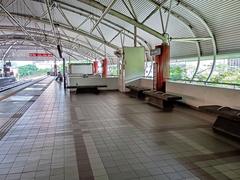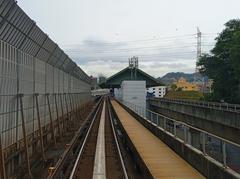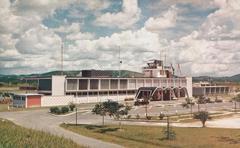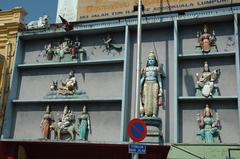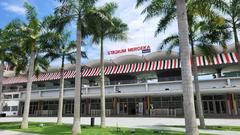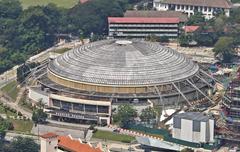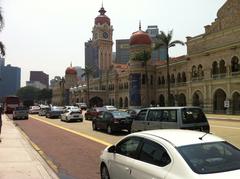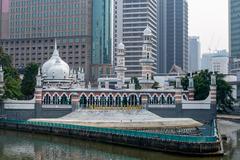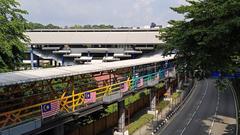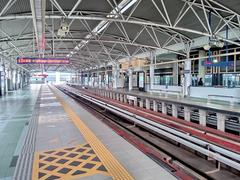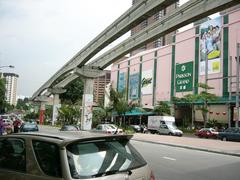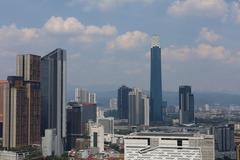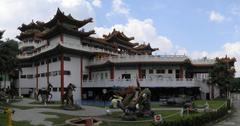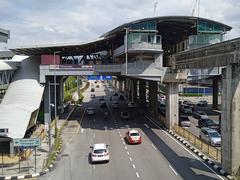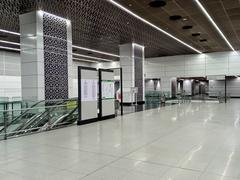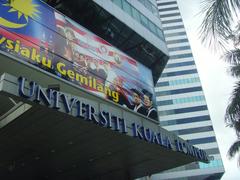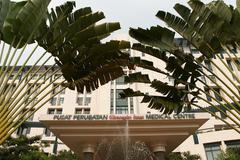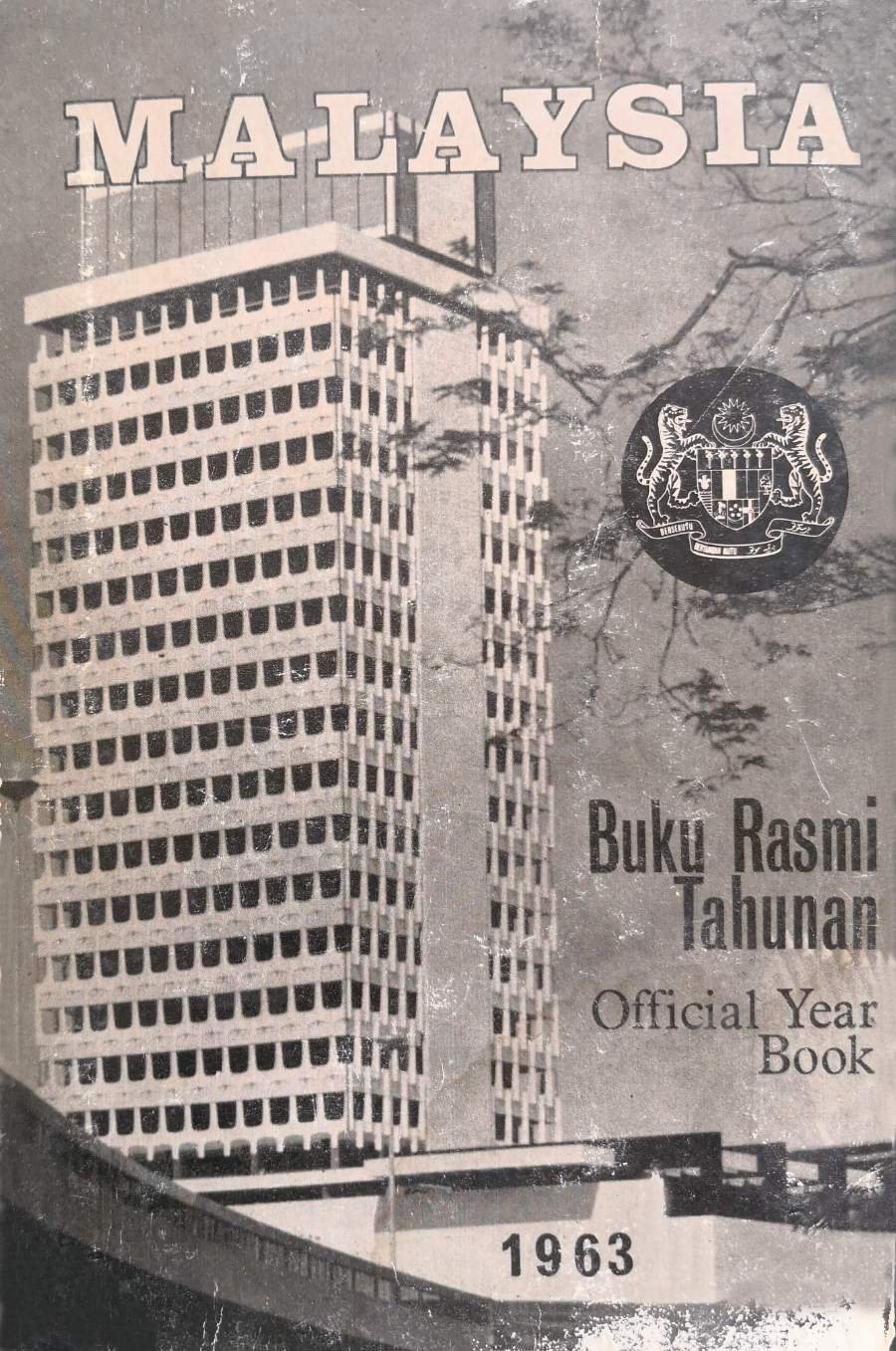
Malaysian Houses of Parliament: Visiting Hours, Tickets, and Historical Significance in Kuala Lumpur
Date: 14/06/2025
Introduction
Situated atop West Folly Hill in Kuala Lumpur’s lush Lake Gardens, the Malaysian Houses of Parliament (Bangunan Parlimen Malaysia) stand as a defining symbol of Malaysia’s democratic journey and architectural ambition. This landmark is an embodiment of the nation’s transition from colonial rule to a sovereign parliamentary democracy, blending modernist design with local cultural motifs. Designed by British architect Sir William Ivor Shipley and completed in 1963, the complex is renowned for its climate-responsive features and symbolic elements reflecting Malaysia’s unity and progress (Wikipedia; Tatler Asia).
A visit to the Malaysian Houses of Parliament offers a rare chance to experience the legislative heartbeat of the nation, appreciate its architectural heritage, and explore the surrounding historical landscape of Kuala Lumpur. This guide provides a detailed overview of the Parliament’s history, visitor information, architectural highlights, ticketing, accessibility, and practical travel tips to make your visit seamless and enriching.
Table of Contents
- Introduction
- Historical Background
- Architectural Features and Symbolism
- Visiting Information: Hours, Tickets, and Tours
- Visitor Experience and Facilities
- Accessibility and Visitor Etiquette
- Getting There and Nearby Attractions
- Frequently Asked Questions (FAQ)
- Travel Tips and Recommendations
- References
Historical Background
Origins and Vision
The concept for a dedicated Malaysian Parliament building emerged soon after Malaysia’s independence in 1957, spearheaded by Tunku Abdul Rahman, the country’s first Prime Minister. Construction started in 1962 and the complex opened officially in 1963, representing the nation’s aspirations for self-rule and democratic governance (Wikipedia; ABC Kuala Lumpur).
Design and Construction
The Parliament complex was designed to harmonize modernist architecture with Malaysian identity. Its main elements include a three-story podium block for the Dewan Rakyat (House of Representatives) and Dewan Negara (Senate), and a 17-story administrative tower—both featuring distinctive climate-adaptive facades and symbolic motifs (Tatler Asia). The complex was constructed using over a million bricks, thousands of tons of steel and concrete, and incorporates a pioneering water circulation system (ABC Kuala Lumpur).
National Symbolism
Prominently located among other landmarks such as the Malaysian National Monument and Islamic Arts Museum, the Parliament’s modernist lines and symbolic rooftop—representing the original 11 states of Malaya—project an image of unity and forward momentum (Britannica). Its image appears on Malaysian currency, and a statue of Tunku Abdul Rahman stands nearby in tribute (Wikipedia; ABC Kuala Lumpur).
Continued Relevance
Despite the relocation of some government offices to Putrajaya, the Malaysian Parliament remains in active use in Kuala Lumpur, hosting historic legislative sessions and playing a central role in political life (Wikipedia; Britannica).
Architectural Features and Symbolism
Strategic Site and Urban Context
The Parliament’s placement atop West Folly Hill within the Lake Gardens provides both symbolic prominence and practical proximity to other national institutions (Tatler Asia; Scribd). The location was chosen for its visibility and accessibility, with a dedicated bridge constructed for seamless access.
Modernist Philosophy and Cultural Resonance
Sir William Ivor Shipley’s design reflects early Malaysian modernism, with clean lines, geometric forms, and functional details inspired by international trends and local Malay heritage (Tatler Asia). The building’s “toast rack” roof and “pineapple-skin” facade fuse modern aesthetics with cultural symbolism.
Notable Architectural Elements
- Podium Block: Houses the Dewan Rakyat and Dewan Negara, topped by an 11-fold roof symbolizing Malaysia’s founding states.
- 17-Story Tower: A landmark administrative block, its honeycomb-patterned facade serves both symbolic and practical climate control purposes.
- Climate-Responsive Design: Overhanging roofs, ventilated facades, and high ceilings manage light and heat, adapting to the tropical climate (Slideshare).
Visiting Information: Hours, Tickets, and Tours
Visiting Hours
- General Hours: Monday to Friday, 9:00 AM to 4:30 PM (may vary with parliamentary sessions or special events). Always check the official Parliament website for current schedules.
- Best Time to Visit: Parliamentary recesses or special open days offer more access and fewer restrictions.
Entry and Ticketing
- Admission: Entry is free, but prior approval via official application is mandatory. No walk-ins are allowed.
- Application Process: Submit requests in advance through the Official Portal of The Parliament of Malaysia. Valid identification is required for entry.
- Guided Tours: Available by prior arrangement, in both Malay and English. Tours may include the legislative chambers, MPs’ lounge, and selected public areas.
Observing Parliamentary Sessions
Visitors can observe live sessions from designated galleries with prior approval. Photography is not permitted during proceedings.
Visitor Experience and Facilities
What to Expect
- Duration: Most visits last about one hour, typically between 11:00 AM and 12:00 PM (Triphobo).
- Facilities: Restrooms, waiting areas, wheelchair access; no public cafes or souvenir shops onsite.
- Special Features: The Axis Deer Park, a diplomatic gift, and landscaped gardens enhance the visitor experience.
Accessibility
- Wheelchair Accessible: Ramps and elevators available; notify staff if special assistance is needed.
- Visitor Protocols: Dress modestly (men: long trousers, collared shirts; women: dresses or trousers with blouses, covered shoulders and knees). No shorts, sleeveless tops, or sandals.
Photography and Security
- Photography: Allowed in outdoor areas; strictly prohibited inside chambers or during sessions.
- Security: Expect airport-style checks; only bring essential items. Large bags and sharp objects are not permitted.
Getting There and Nearby Attractions
Access
- By Car/Taxi: Most visitors arrive by car or ride-hailing services, as public transport directly to the Parliament is limited (Triphobo).
- Parking: Limited onsite; public transport to nearby landmarks followed by a short taxi ride is recommended.
Nearby Kuala Lumpur Historical Sites
- Perdana Botanical Gardens
- Malaysian National Monument
- Islamic Arts Museum Malaysia
- National Museum of Malaysia
Combining these sites with your Parliament visit provides a comprehensive cultural itinerary.
Frequently Asked Questions (FAQ)
Q: Do I need to buy tickets to visit the Malaysian Houses of Parliament?
A: No, entry is free but requires prior application and approval.
Q: What are the visiting hours?
A: Weekdays, typically 9:00 AM – 4:30 PM; always verify with the official Parliament website.
Q: Are guided tours available?
A: Yes, by advance booking.
Q: Can I take photographs inside?
A: Only in designated outdoor areas; not during sessions or inside chambers.
Q: Is the Parliament accessible for people with disabilities?
A: Yes, with ramps and elevators.
Q: Are there food or souvenir options on site?
A: No; plan meals outside the Parliament grounds.
Travel Tips and Recommendations
- Apply for your visit well in advance and await official confirmation.
- Dress appropriately and adhere to all security and etiquette guidelines.
- Combine your visit with nearby historical and cultural attractions for a richer experience.
- Check for special events or national celebrations, as these may affect access or provide unique opportunities.
References
- Malaysian Houses of Parliament – Wikipedia
- ABC Kuala Lumpur: Parliament Guide
- Tatler Asia: Local Design Icons – Parliament
- Malay Mail: 10 Things About the Malaysian Houses of Parliament
- EasyExpat: Malaysian Politics Overview
- The Rakyat Post: What Does Malaysia’s Parliament Actually Do?
- Triphobo: Visitor Information
- e-a-a.com: Best Architectural Buildings in Malaysia
- Britannica: Kuala Lumpur
Final Thoughts
The Malaysian Houses of Parliament stand as a living monument to Malaysia’s independence, democratic evolution, and architectural excellence. By planning your visit thoughtfully—respecting protocols, booking in advance, and exploring the rich context of Kuala Lumpur’s heritage—you’ll gain a deeper appreciation of the nation’s political and cultural identity. For real-time updates, virtual tours, and further insights, consult the Official Parliament Website and consider using travel resources like the Audiala app for the latest visitor information.
